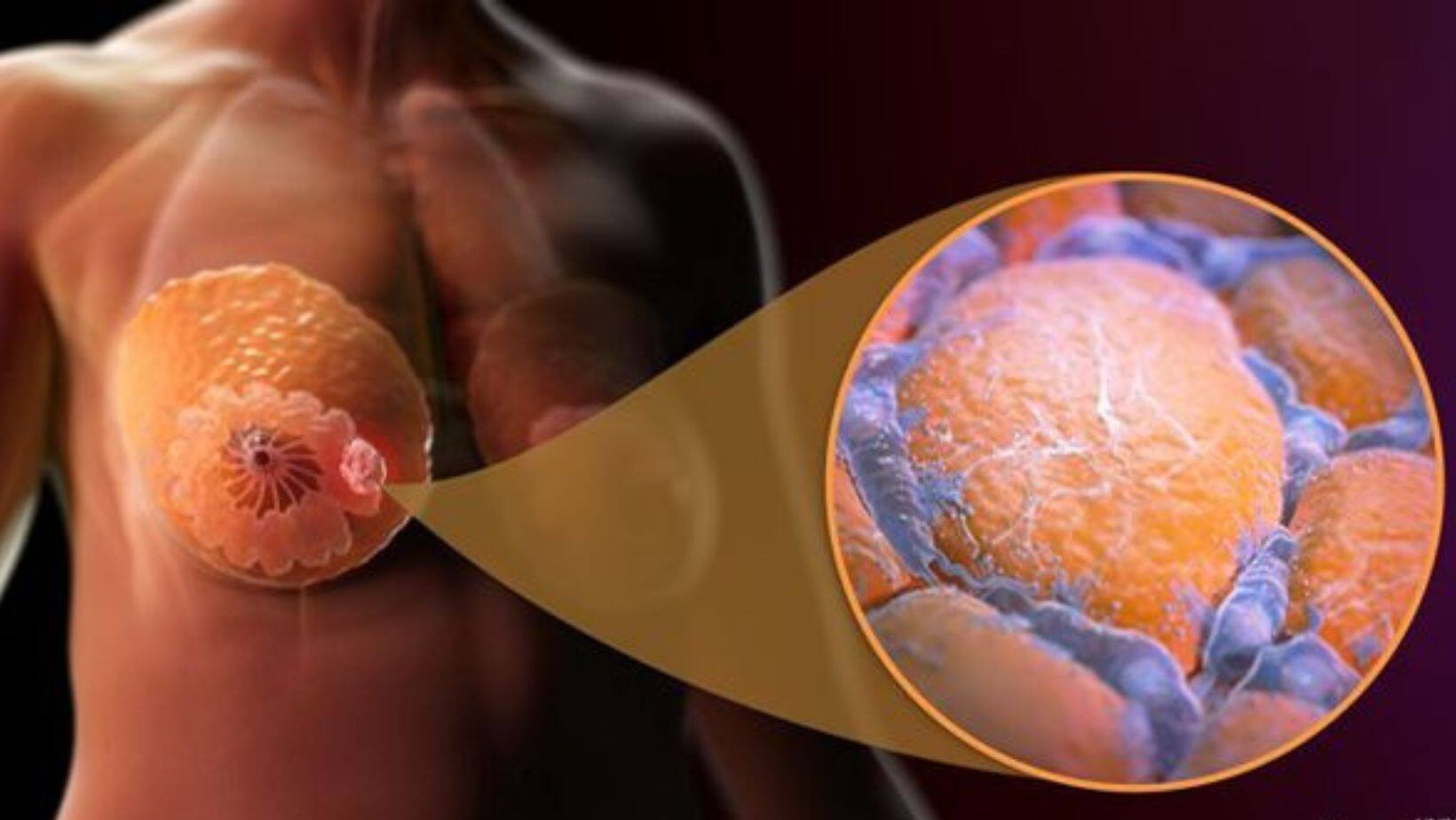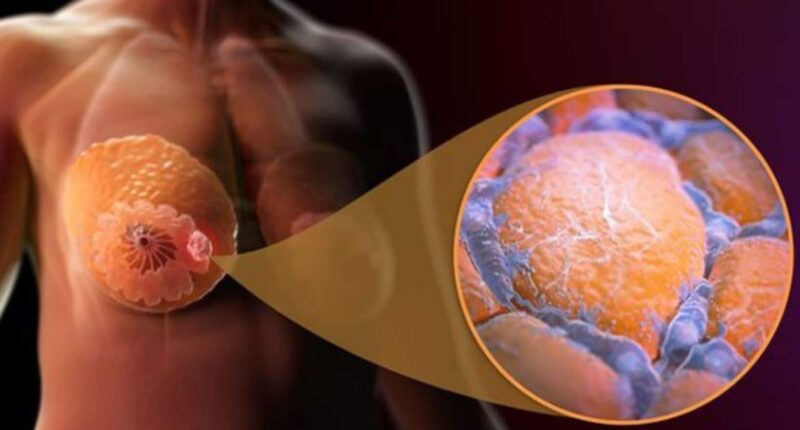 Breast Cancer Detection In India: Major Breakthroughs In Treatment For Breast Cancer – Breast cancer is no longer limited to older women. Currently, even women in their 30s have been detected with it.
Breast Cancer Detection In India: Major Breakthroughs In Treatment For Breast Cancer – Breast cancer is no longer limited to older women. Currently, even women in their 30s have been detected with it.
Breast cancer cases are rising at a rapid rate in the country. Earlier, the patients were only treated with chemotherapy and radiation therapy apart from surgery. Now, there are many options available that are more sophisticated than before. In the below article, we help you to understand the advances in breast cancer treatment. It is imperative for women with breast cancer to seek timely intervention in order to improve their quality of life.
Breast cancer is no longer limited to older women. Currently, even women in their 30s have been detected with it. Fortunately, due to cutting-edge technology, it is possible to treat cancer promptly and reduce higher mortality and morbidity rates in patients. Timely detection and treatment are key to tackling it.
Early Breast Cancer Detection
Breast ultrasonography and mammography are frequently used for breast cancer screening. Breast MRIs are occasionally used by doctors as well. Other vital tests are optical imaging where the light is shone into the breast, and the quantity of light that escapes or is refracted by the tissue is measured. Experts administer a medication that is somewhat radioactive into a vein for molecular breast imaging (MBI). This medication, known as a tracer, binds to any breast cancer cells. The tracer and any cells are then visible to a specific camera. For women with thick breasts or as a tool to examine breast tumour atypical regions shown on mammography, this test is being explored for usage in conjunction with mammograms. Positron emission mammography (PEM) uses a radioactive particle with sugar attached to detect cancer cells in the body. When an MRI is advised but cannot be done, this test can also be employed. Breast cancer cells conduct electricity differently than healthy cells, according to electrical impedance tomography (EIT). This examination seeks the variation. Modest electrodes on the skin are used to look for changes when a small amount of electricity is sent through the breast.
Know about the current treatment options for breast cancer
- One of the rare malignancies for which a reliable screening diagnostic, mammography, is available in breast cancer management. Although not as common as screening methods for those at average risk, MRI and ultrasound are also used to find breast cancer. Breast tomosynthesis, often known as 3-D mammography, is one technological advancement. This process creates a 3-D-looking picture of the breast using photographs taken at various angles all around the breast. Although this technique is becoming available in clinics, it is unknown if it is more effective at cancer detection than conventional 2-D mammography.
- Treatment for breast cancer varies based on the type of tumor discovered. Radiation and surgery are frequent. Chemotherapy is another option. Depending on the kind of breast cancer, doctors may also suggest further therapies. There are three primary forms of breast cancer. The presence or absence of three receptors determines the subtype. These receptors react to the hormones progesterone or estrogen as well as the protein HER2.
- Hormone therapy may be used to treat your tumor if it expresses estrogen and progesterone receptors. These prevent the hormones that some tumors can produce from growing.
- Planning the course of treatment for breast cancer can benefit greatly from AI. For instance, a doctor cannot possibly recall all the research information, new medications, new targeted therapies, or new molecules to use in treating the patient. However, there are now computers and systems that keep track of all the research and clinical trials, and when we give the system the precise demographic information of the patient, such as age, sex, and tumor size, the artificial intelligence (AI) can provide us with the algorithm by which we can treat the patient, such as next-generation sequencing. AI can aid in the precise planning of a cancer patient’s medical care.
- Targeted therapies are a form of treatment for breast cancer and are used alone or in combination with other treatments. Your doctor will be able to guide you regarding this.
- Immunotherapy helps to stimulate a woman’s own immune system to recognize and destroy cancer cells in an effective manner. Immunotherapy is also widely used in the treatment of breast cancer.
- A sentinel lymph node biopsy (SLNB) is done wherein the sentinel lymph node is identified, removed, and examined to check whether cancer cells are present. It is generally done in people who already have cancer.
- CDK4/6 inhibitors are a newer class of medicines used to treat certain types of metastatic breast cancer that spreads to other parts of the body, such as the bones or liver. All three CDK4/6 inhibitors are pills taken by mouth as suggested by the treating doctor.
- Immunotherapy in the management of triple-negative breast cancer can be taken after advice from the doctor.
- Olaparib (Lynparza ️) is an orally administered PARP inhibitor that can be helpful in managing women with mutated BRCA-positive HER2-negative metastatic breast cancer. It is an approved treatment for breast cancer.
- With the advent of monoclonal HER2-targeting antibodies (trastuzumab and pertuzumab) and antibody-drug conjugates (trastuzumab emtansine [T-DM1] and trastuzumab deruxtecan), can be helpful for HER2-positive breast cancer.
- Intraoperative use of lignocaine is also used for patients with breast cancer.
(The above article is written by Dr Suhas Aagre, Consultant Medical Oncologist and Hemato-Oncologist at Asian Cancer Institute.)









